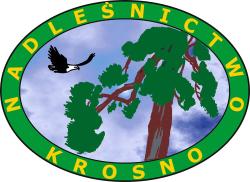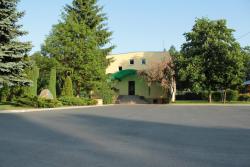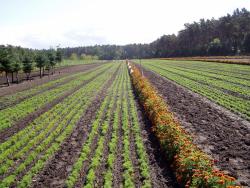 Asset Publisher
Asset Publisher
HISTORY
 Mostek, fot. Katarzyna Miechowicz
Mostek, fot. Katarzyna Miechowicz
 Historia, fot. Archiwum Nadleśnictwa Krosno
Historia, fot. Archiwum Nadleśnictwa Krosno
 Nadleśnictwo Krosno fot. Katarzyna Miechowicz
Nadleśnictwo Krosno fot. Katarzyna Miechowicz
The area of the Forest District makes central part of the historic Ziemia Krośnieńska (Krosno Land) including the town and the nearest areas located west and north of it.
During the period of the formation of early - Piast country, reinforced tribal borough became an important borderline guardhouse on the western external borders of Poland. The borough faced German invasions on Poland during rules of Henry I the Bearded (1202 – 1238). In those days, Krosno again became weighty strategic point and administration and economic centre. Henry I the Bearded reformed Krosno spatially and awarded the Magdeburg rights, he also contributed to rural colonization development, which during his rules took the form of close settlements rationally arranged. In the middle of the XIII century, there came into being the Duchy of Głogów, which includes the land of Krosno Castellany as well . It bordered then with Brandenburg estates. As Magdeburg was a part of Brandenburg those days, Lubusz Land was sold by Bolesław II the Rogatka to Brandenburg in 1249.
In 1319 the above mentioned area came back to the Dutchy, and next ruling over Krosno Dukes were successively Głogów and Żagań Henries IV, V, VI, VIII, IX and XI. The Dukes resided in Żagań or in Kożuchów. Henry XI was married to the daughter of the last Elector of Brandenburg, Barbara. After his death, Krosno became the widow's place of residence under Brandenburg control. The close relative of dead Henry XI – Jan II the Mad (former Duke of Żagań) couldn't reconcile to such situation, as he had been fighting with Brandenburg about recovery of his heritage for six years ( in the years 1476 – 1482). Upon the decision of peace in Kamieniec, Krosno remained under rules of Brandenburg. However from newly conquered lands, which included also Sulechów and Lubusz Districts, there was established the new Dutchy of Krosno. In 1518, there took place the personal union between Brandenburg and Royal Prussia, and in the first half of XVIII century Brandenburg became the province of the Kingdom of Prussia. After the war with Austria and joining Silesia to Prussia in 1740, there carried out the reform, thus dividing the country into districts. There was formed Krosno District covering the western part of former Castellany and some part of Lubusz District. Such division lasted till 1945.
 Asset Publisher
Asset Publisher
 Asset Publisher
Asset Publisher
SILVICULTURE
SILVICULTURE
 Hodowla lasu, fot. Archiwum Nadleśnictwa Krosno
Hodowla lasu, fot. Archiwum Nadleśnictwa Krosno
 Hodowla lasu, fot. Archiwum Nadleśnictwa Krosno
Hodowla lasu, fot. Archiwum Nadleśnictwa Krosno
 Hodowla lasu, fot. Archiwum Nadleśnictwa Krosno
Hodowla lasu, fot. Archiwum Nadleśnictwa Krosno
The basic task of silviculture is preservation of existing forests (renewal), as well creating new ones (afforestation), with respecting nature conditions and natural processes. Within its range silviculture includes such issues as: collecting and storing tree seeds seeding, tree saplings production in the tree nursery, creation and nursery, as well as protection of forest cultivations and forest stands.
The forest, if it hadn't come into existence naturally, then it would be planted by the foresters. The saplings are cultivated in tree sapling nurseries. The cultivations are taken under nursing and protective treatments. They are to create optimum conditions for trees' growth of the most desirable ones in species composition of the growing forest stand. The last component of silviculture is forest old stand logging, due to make forest renewal possible in the optimum way for the growing tree species requirements.






